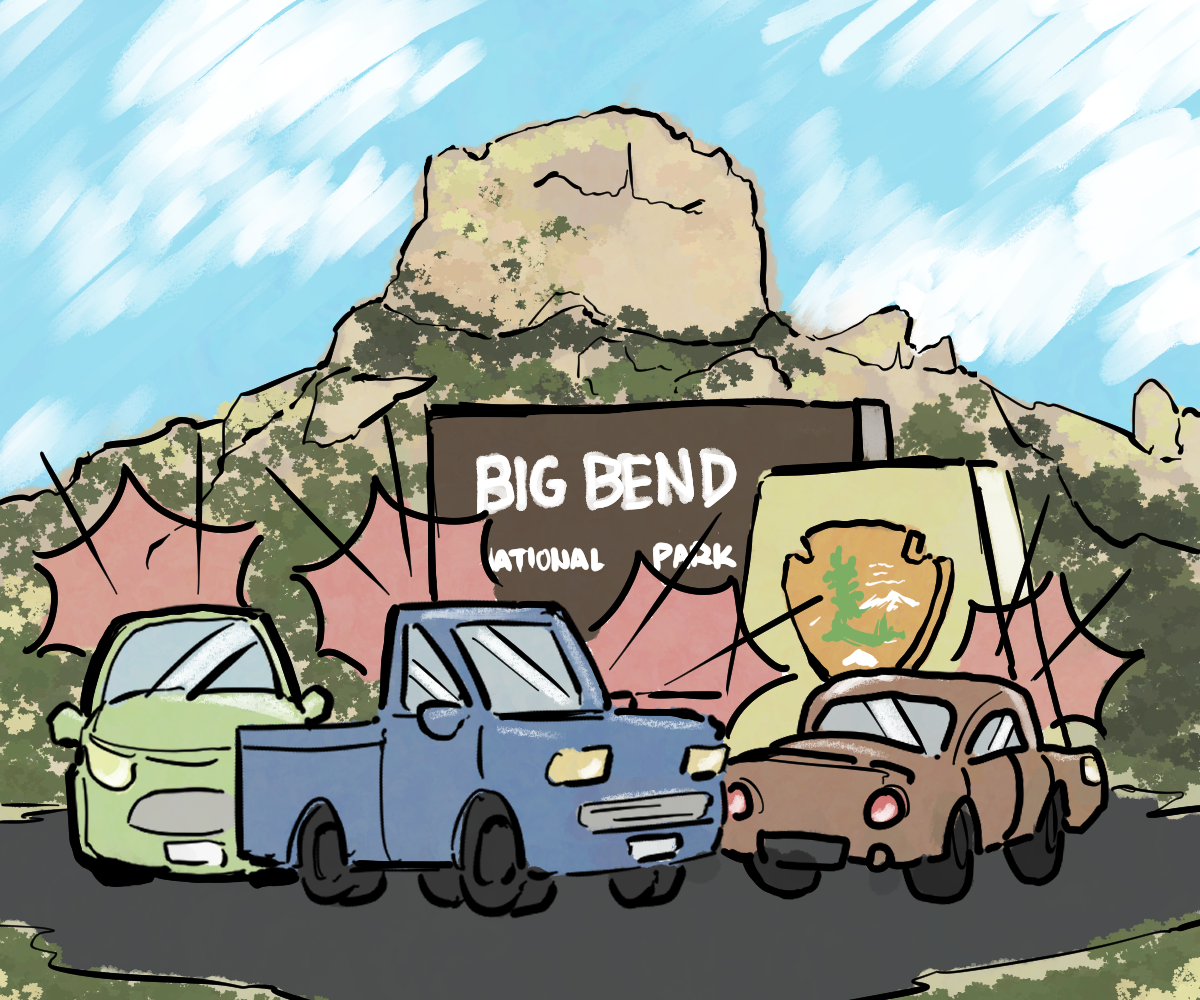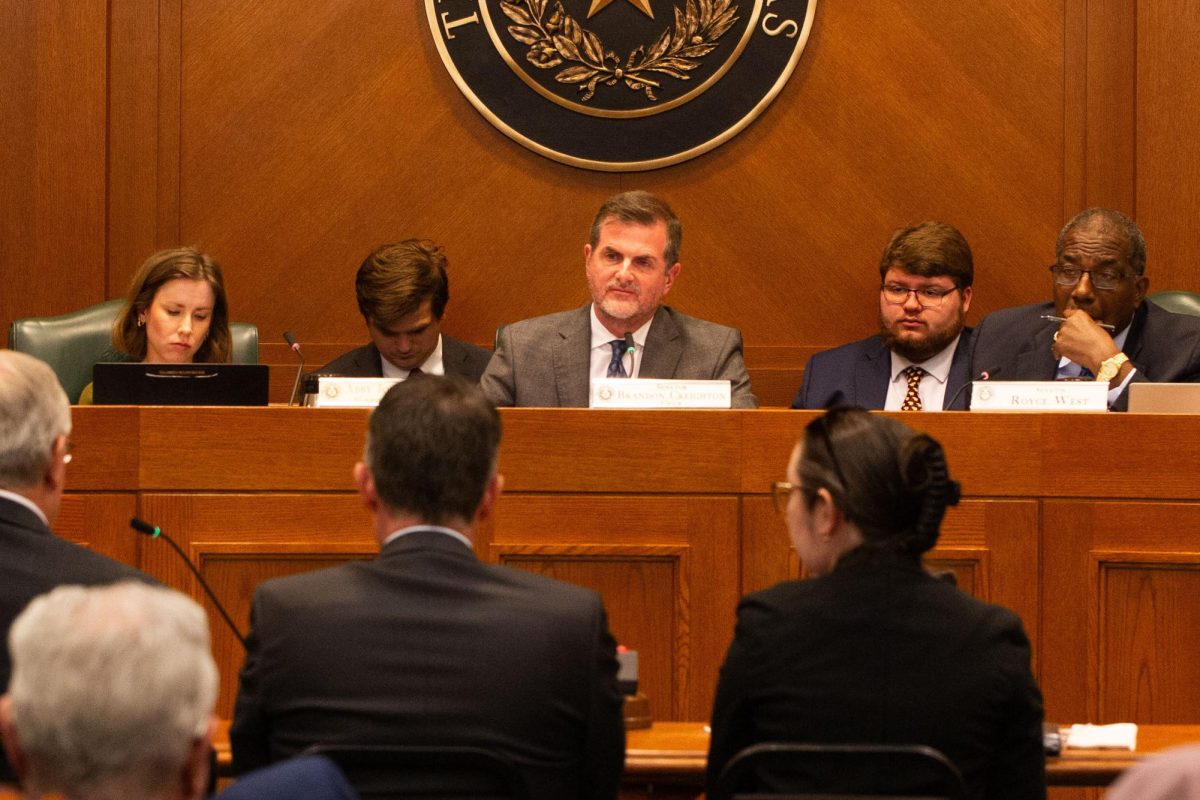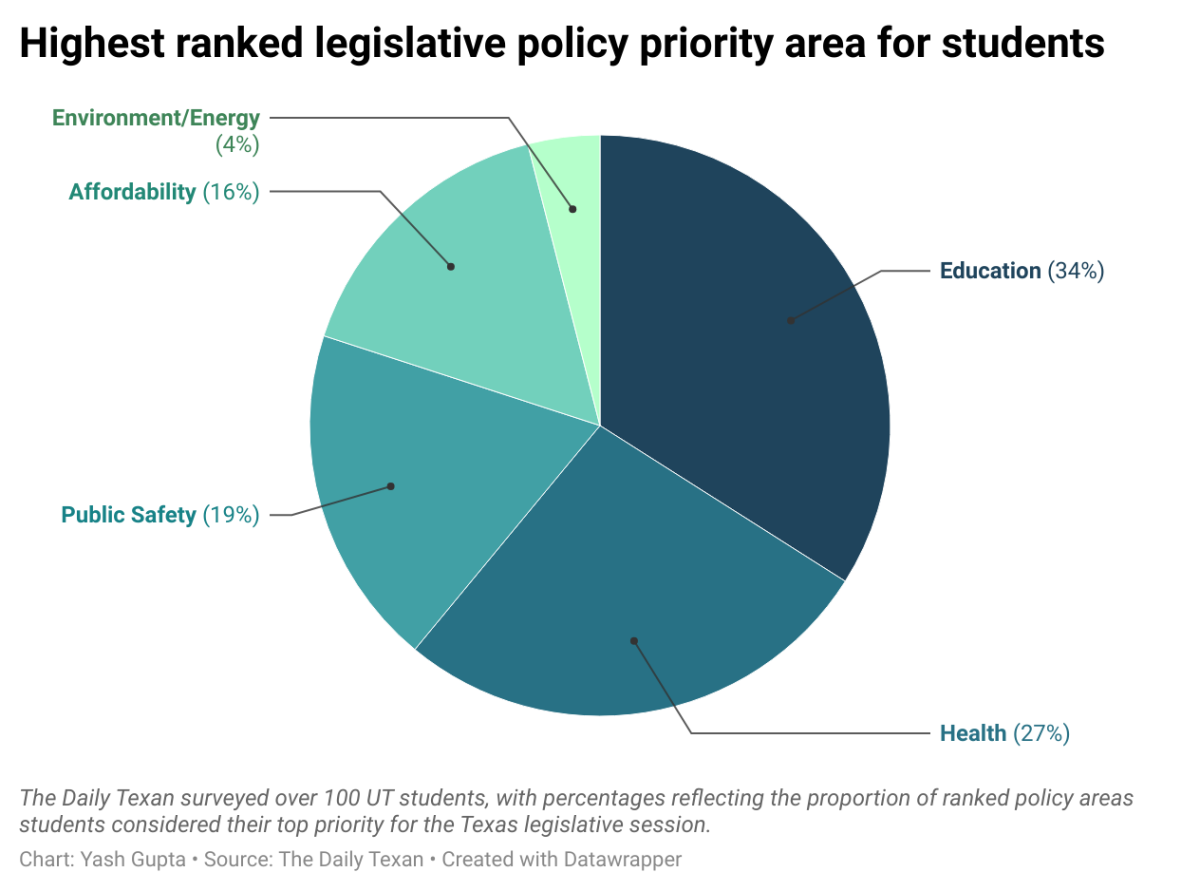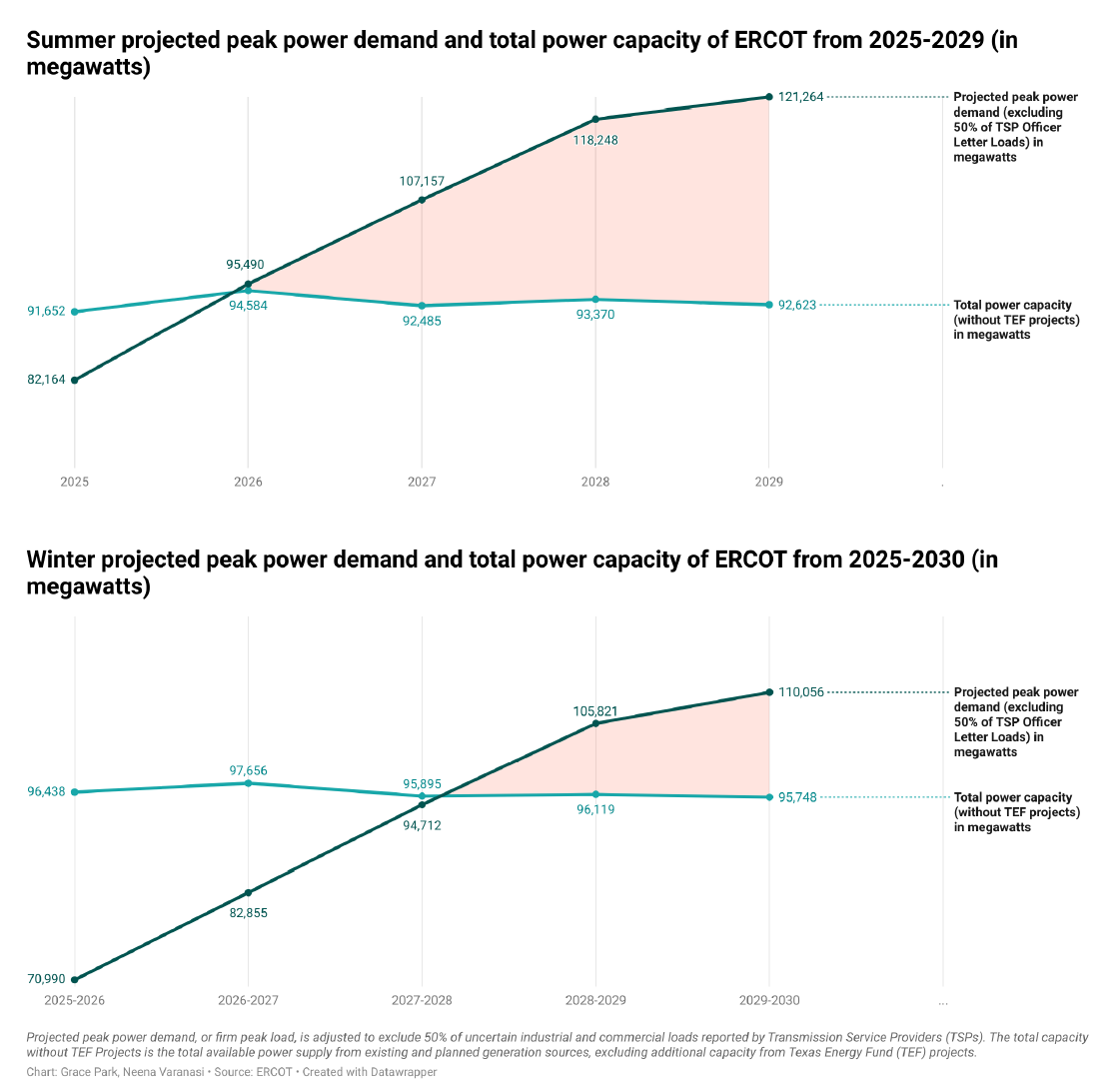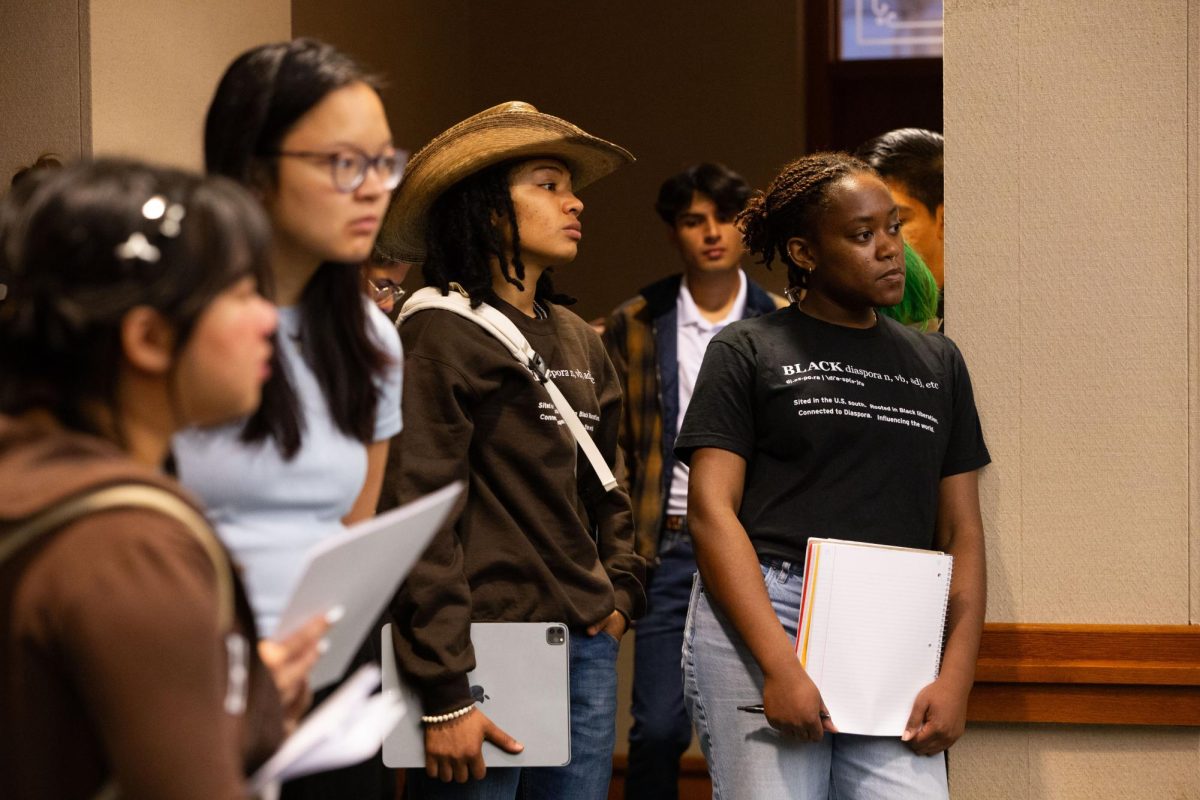A UT study reveals that barriers on the U.S.-Mexico border are disturbing ecosystems and endangering animal species in the area.
The study assessed the impact barriers have on the ecosystems they bisect along the 750-mile border.
Researchers analyzed data that conservation organizations have compiled over several years to compare the locations of ecosystems with those of border barriers, said Jesse Lasky, ecology, evolution and behavior graduate student and co-author of the study.
Lasky said the study, which began in Spring 2009 and was published in May, found 50 vulnerable species populations, including the Coues’ Rice Rat, the Jaguarundi, which is a small feline, and the California red-legged toad.
“By creating barriers, you can actually limit the amount of species that can get to an ecosystem, so there’s a real possibility that you could end up with a loss of diversity,” he said.
Many of the species are also found in environments away from the border, meaning any impacts would spread, Lasky said.
He said the U.S. Department of Homeland Security is exempted from following environmental regulations when building barriers, which makes stopping their production nearly impossible.
Timothy Keitt, associate professor of integrative biology and study co-author, said the different barriers limit migrations between populations around the borders and impact genetic diversity.
Keitt said the most severely endangered species have smaller ranges and population sizes that were being divided by barriers, which threaten the loss of their genetic history.
“It presents a really interesting challenge because just the general nature of species that span geopolitical boundaries lead to potential differences,” he said.
Keitt said a number of conservation groups, non-governmental organizations and government agencies are interested in the problem and gathering data, but it will still take time to get a clearer picture of the situation.
The impact of barriers can be quite severe in the long run since ecosystems depend on interactions between species, said Sahotra Sarkar, philosophy and section of integrative
biology professor.
Sarkar said there was a lot of concern in both the U.S. and Mexico, and it was a constitutional obligation to attempt to preserve endangered species.
“I don’t know of anybody who thinks that, ecologically, putting up those fences would be a good idea,” Sarkar said, “I think the only option in the long run is to remove the barriers.”


